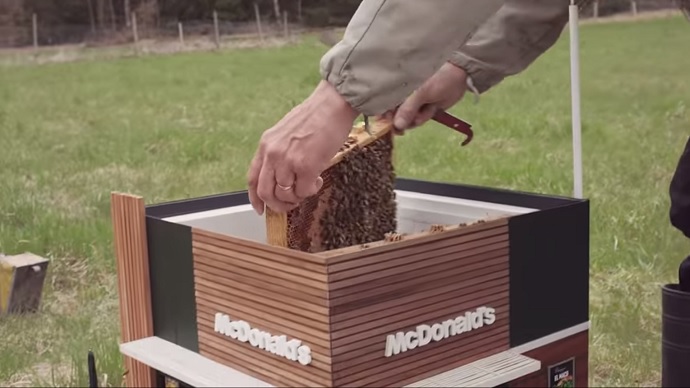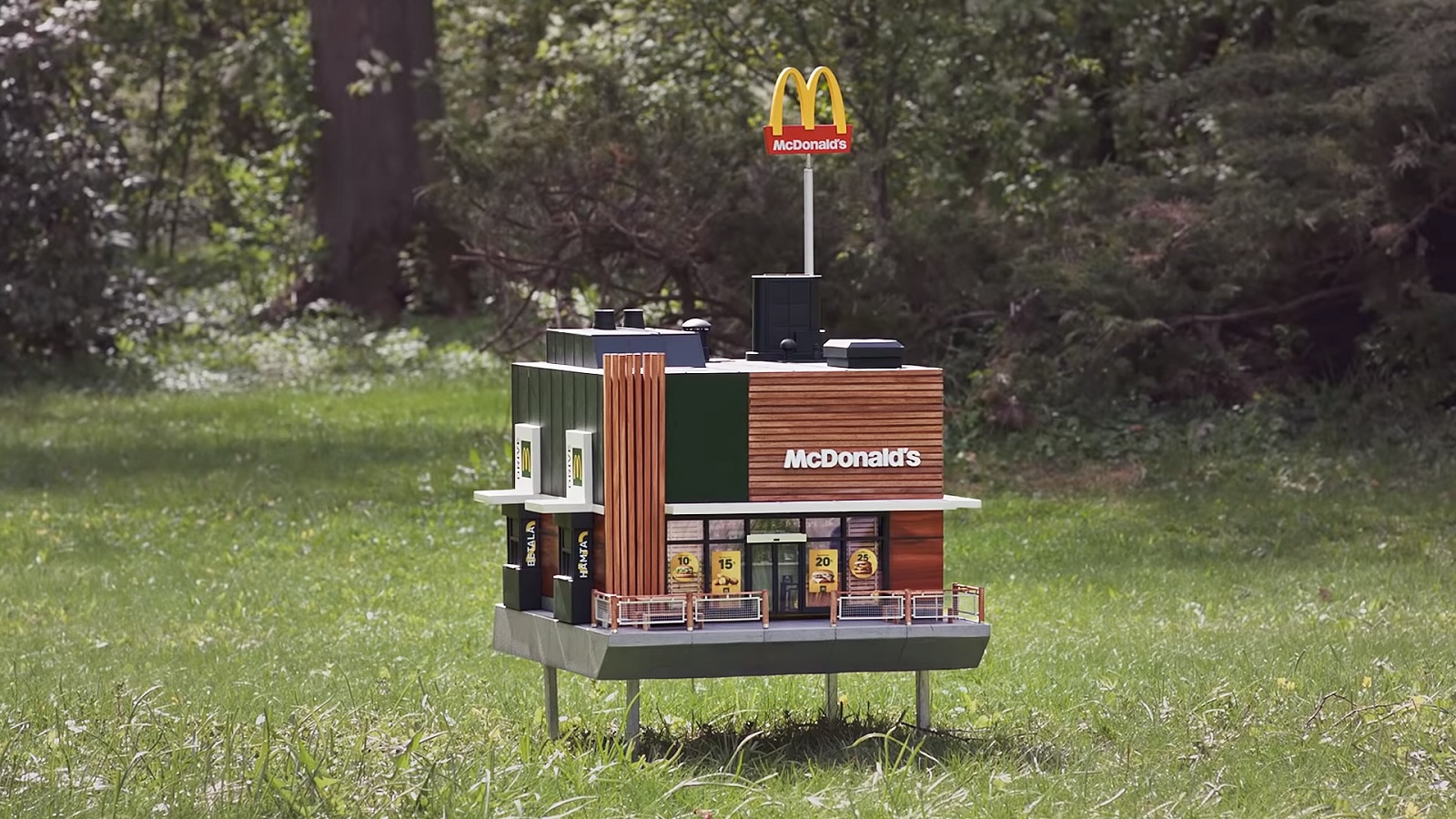The planet is losing bees at an alarming rate. Amongst the causes that make bees disappear from the face of the earth are bee-killing pesticides, industrial agriculture, parasites, and, well, climate change. With no bees among us, we are doomed to die. How come? Because bees are critical pollinators: According to BBC, they pollinate 70 of around 100 crop species that feed up to 90% of the world. These industrious little workers provide us with most of our food. As Albert Einstein proclaimed: “If the bee disappeared off the surface of the globe then man would only have four years of life left. No more bees, no more pollination, no more plants, no more animals, no more man.” Truth be told, the bees are already an endangered species if we don’t do anything.
Since the late 1990s, beekeepers have observed that bees are slowly disappearing. But let’s imagine the one dreaded thing: what if they don’t just disappear? What if bees got bored of their old place and just decided to move away and find another cozy place? Hmm? What would you think of that? Like a McDonald’s rooftop? We bet that you didn’t know, but some fast-food restaurants in Sweden have become proud hosts of many bees. The initiative started locally, but it expanded quickly and five more restaurants joined and welcomed the tiny little insects with open arms.

More franchisees around the country are joining the cause to celebrate this kind initiative by McDonald’s Sweden which has its sustainability project contoured by NORD DDB agency. To highlight what’s happening on the fast-food restaurants’ rooftops, the agency decided to create a new home for the popular pollinators and give them a place where they can feel like home. But what you probably don’t know is that their new place is what can be nicknamed “the world’s smallest McDonald’s” and is actually a fully functioning beehive.
The tiny home is equipped with all the things that one can find in a typical restaurant: It has a McDrive, a bar, tables, and its design perfectly copies the ones we already know so well. So how does this tiny restaurant work? The bees can enter the hive through the main entrance. Besides the McDrive, the restaurant provides seating outdoors. Titled “McHive,” the small house is proudly designed by award-winning set designer Nicklas Nilsson. The tiny hive was actioned on 21 May during a charity fundraiser for Ronald McDonald house charities.
Oh, McDonald’s, you just inspired the Branding.news team to do the same and think of designing a new place for the bees. A yellow spot will probably flourish on the rooftop of our editorial spot and wait for the bees to come and populate the tiny new box. Who knows, maybe the bees will pollinate our garden too! Our flowers are sweeter here… We’re just sayin’…
Credits:
Client: McDonald’s
Agency: NORD DDB
Andreas Dahlqvist, CCO
Joel Ekstrand, art director
Petter Dixelius, copywriter
Stina Nyberg, account manager
Jeanette Ytterman, senior client manager
Tobias Bergenwall, creative producer
Daniel Liljas, graphic designer
Fredrik Kjellström, graphic designer
Jesper Andersson, planner
Design and construction: Nicklas Nilsson
